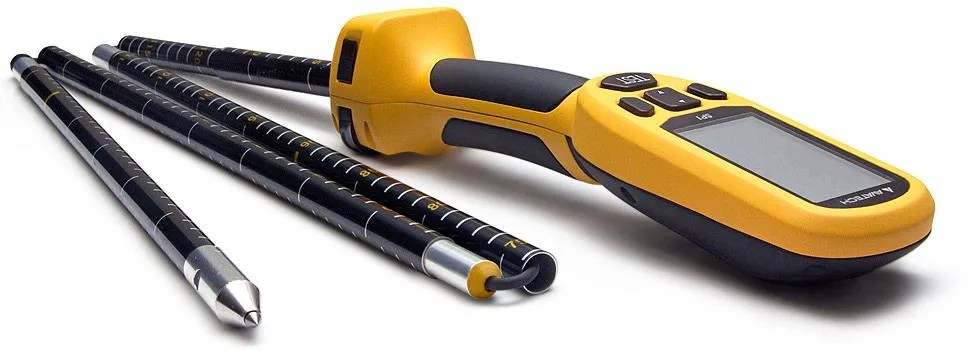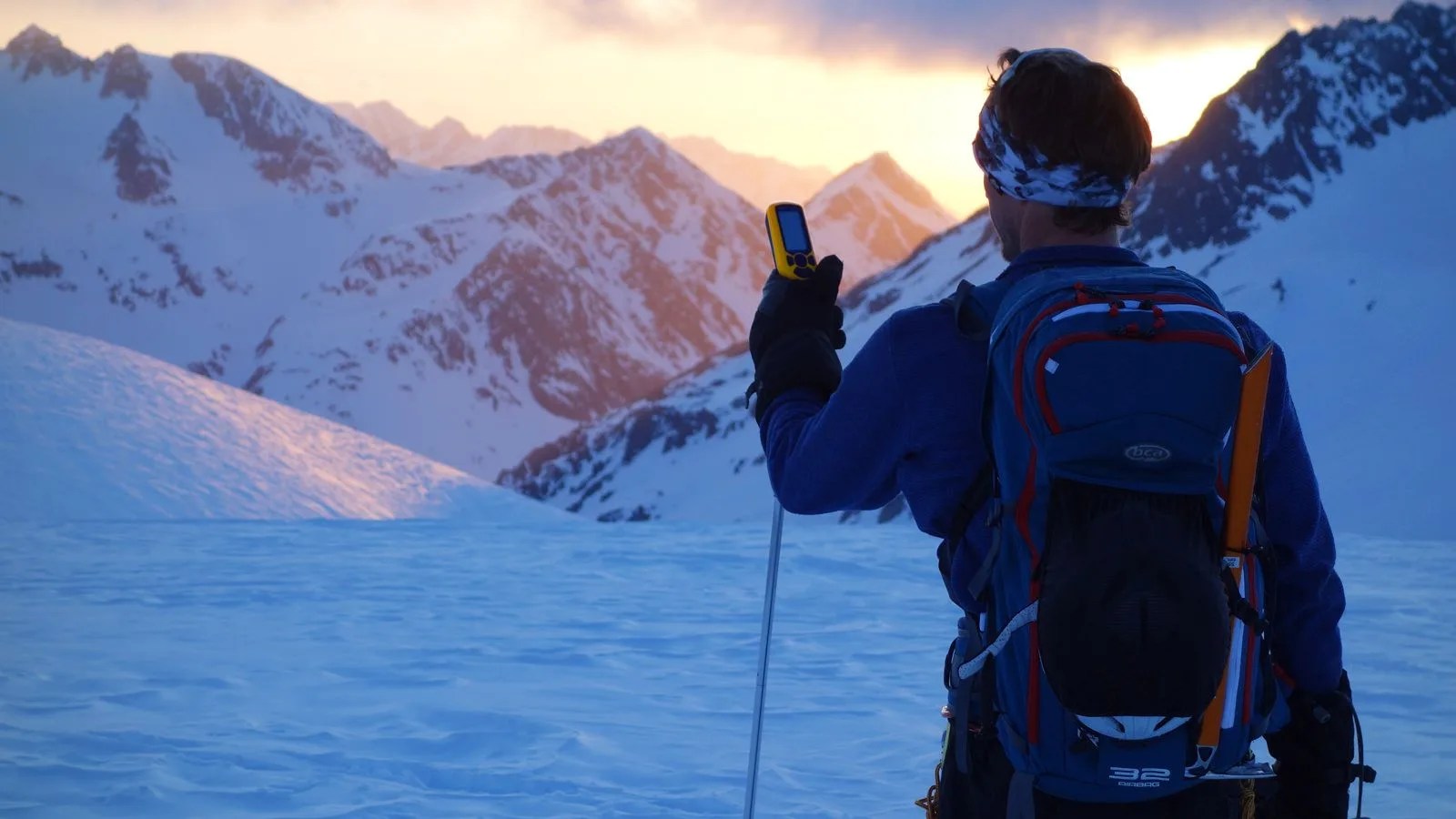On February 12, 2012, a group of sixteen expert skiers and snowboarders gathered at the top of Tunnel Creek, a now infamous backcountry ski trail. Every one of them was a top free skier, ski patroller or ski industry professional, all there for one purpose: powder. The impending avalanche would shake more than just the backside of the Steven’s Pass ski resort. The first few to descend were swallowed by a frozen tidal wave weighing 11 million pounds and gushing at 70 miles per hour. Three were killed, and all were shaken.
If the Tunnel Creek tragedy taught us anything, it’s that we need to be better prepared. Most of the 16 involved were decked out in helmet cameras, GPS beacons and avalanche survival kits, but the gear wasn’t enough. The truth is, once you’re caught in an avalanche, you only survive if the mountain allows it. And that’s not something most people are willing to bank on. The best way to prepare for an avalanche is to get ahead of it, to predict it before it happens so that you’re nowhere near danger. This is exactly what the AvaTech SP1 does.
The SP1 is small enough to fit inside any backpack or jacket, and can be accessed as quick as it takes to unzip a pocket with cold hands. It’s AvaTech’s first product, and it consists of two components: a handheld device and a collapsible probe. Once a skier arrives at the desired location, the SP1’s 150cm probe drives through the snowpack. From its maximum depth of five feet, it takes over 5,000 measurements of the snow’s subterranean landscape in just a second. The depth and pressure data is then relayed to the SP1’s screen, taking just a few seconds to do a job that would manually take around 20 minutes. After a few rapid-fire readings of the surrounding area, the SP1 paints an accurate picture of the layers that comprise the targeted snowpack — which is vital to understanding avalanches.
Avalanches occur when densely packed snow forms over a loose layer of snow and eventually collapses on itself. The subsequent slide has a “snowball effect”, perpetuating itself until it reaches a stopping point — most likely the bottom of a mountain. The SP1 pinpoints and warns skiers of suspicious low-density layers before descent; but the SP1 aspires to more than just a personal safety device.
How good is a device that only helps one person? What about the next skier? The one who comes afterward, unaware of a danger? The minds behind Avatech thought about this too: the SP1 is able to wirelessly sync, via Bluetooth, to your smartphone and Avatech’s AvaNet cloud platform. AvaNet allows SP1 users to share profiles — sort of like friending somebody on Facebook — and spread data between each other. AvaNet also comes with a web-based program, Snowpit Editor, with which users can input more detailed data, such as observation notes, visualizations of dangerous layers and photos.

